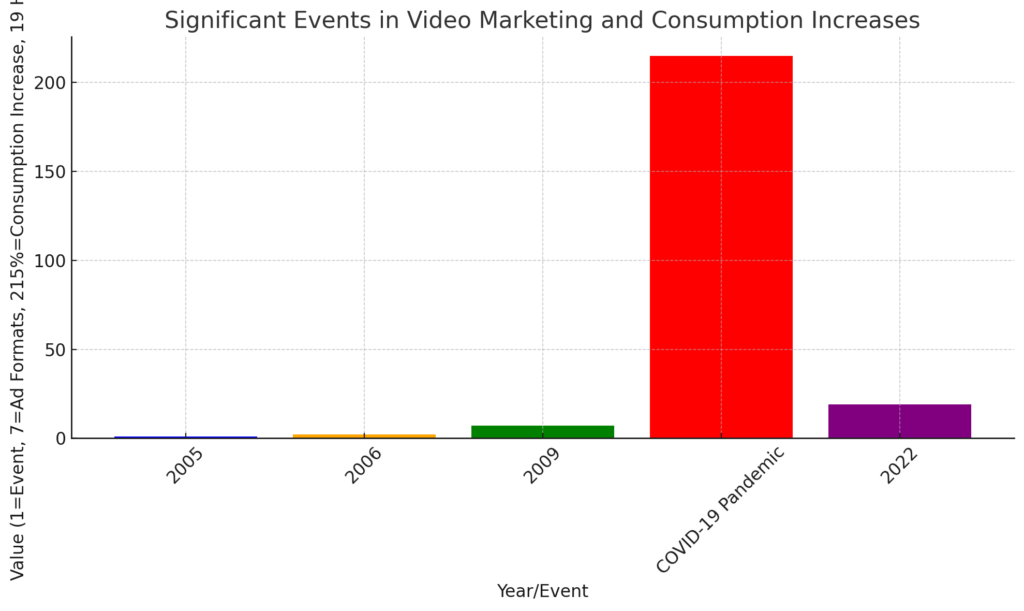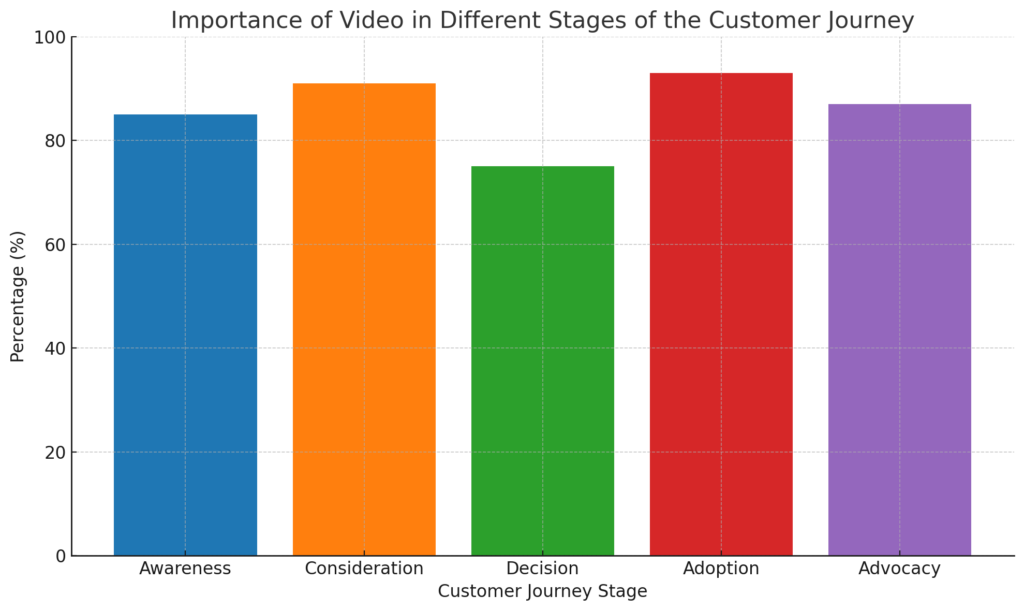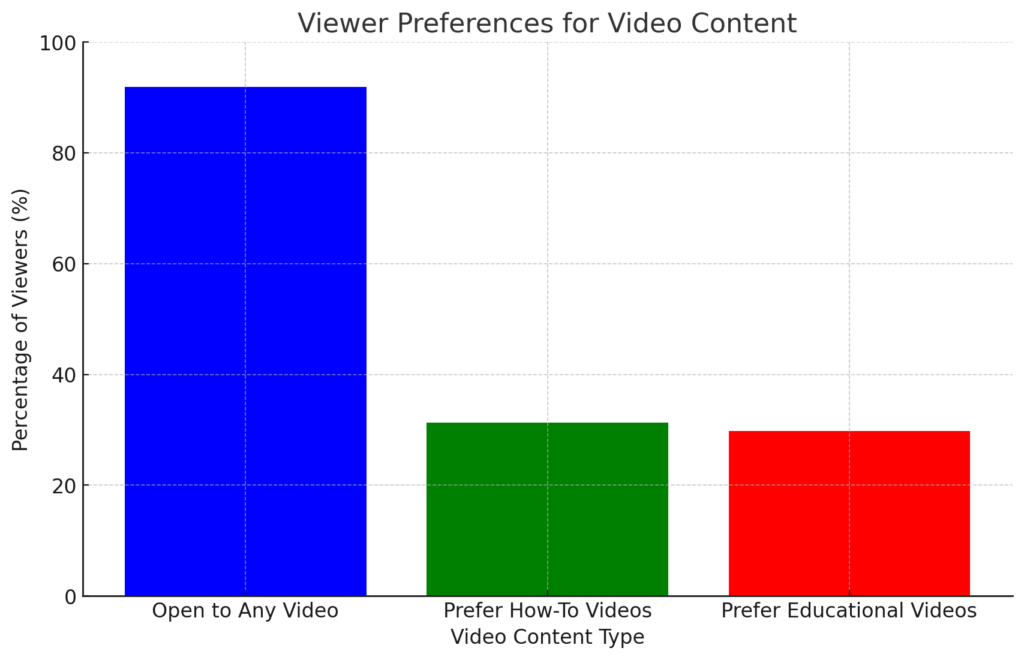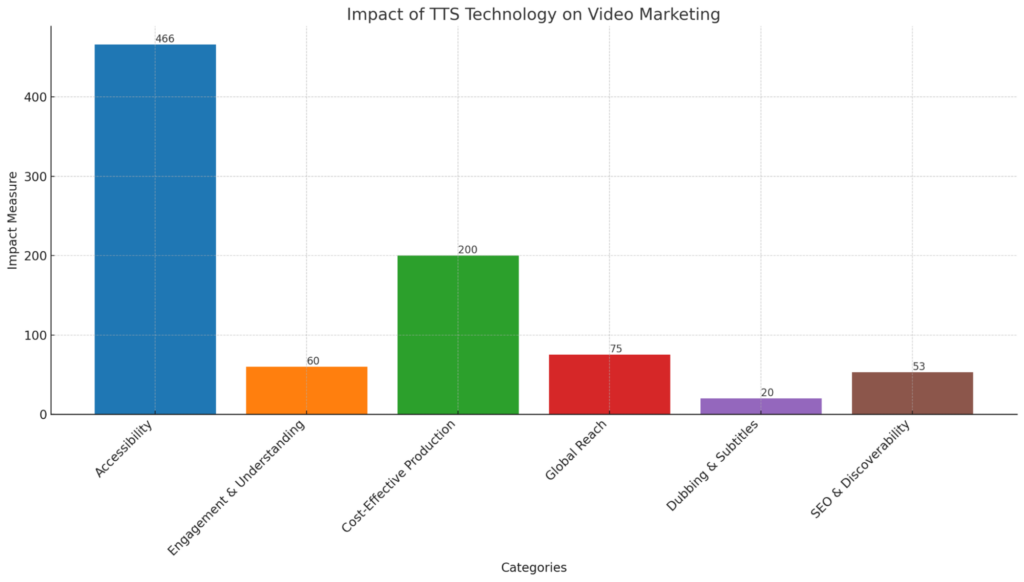If you’re on the lookout for guidance on video marketing, you’re certainly not alone. In 2022, 79% of marketers who haven’t yet utilized video expressed intentions to develop a video strategy. Moreover, 99% of those already employing video are planning to increase their usage.
The significance of video marketing for education, lead generation, and customer conversion is unparalleled. While the concept of needing a video marketing strategy isn’t novel, what has evolved is the paramount importance of video across all platforms and channels.
Today, video production is more accessible and cost-effective than ever. With smartphones capable of shooting high-quality 4K footage, the barriers to entry have significantly diminished.
However, despite these advancements, navigating Online video marketing remains complex, involving considerations such as strategy, equipment, and editing software. Whether you’re seeking insights into what you already know about video for marketing or aiming to expand your knowledge, continue reading to gain a comprehensive understanding of video marketing strategy.
Importance of Video Marketing

The significance of video marketing became evident around 2005 with the emergence of YouTube, which was later acquired by Google in 2006. By 2009, YouTube offered seven distinct ad formats, marking a significant shift in advertising strategies.
The accessibility of technology for creating high-quality videos has contributed to the increasing popularity of video marketing online among marketers. However, this popularity is not solely driven by technological advancements.
The widespread adoption of smartphones has made watching videos more convenient, while the COVID-19 pandemic further accelerated the trend, resulting in a 215% increase in online media consumption in the U.S.
Fast forward to 2022, and statistics show that audiences spend an average of 19 hours per week watching videos online. For brands aiming to thrive in the current landscape, disregarding video for marketing is no longer a viable option.
5 Steps To A Successful Social Media Video Marketing Strategy

Creating a successful Online video marketing strategy involves a comprehensive approach that addresses different stages of the customer journey. Here’s a five-step strategy that incorporates recent statistics to ensure your video marketing efforts are effective and impactful.
1. Awareness
At this stage, your goal is to grab the attention of potential customers. Considering that 85% of internet users in the United States watch online video content, leveraging platforms with high engagement rates like YouTube, which is trusted by 90% of video marketers, is crucial. Use short-form videos, as 66% of consumers find them the most engaging, and focus on creating content that can easily be shared and is likely to go viral, since videos are shared 1200% more than links and text combined.
2. Consideration
During the consideration phase, consumers are evaluating their options. Use explainer videos to your advantage, as 91% of people have watched an explainer video to learn more about a product or service. Platforms like YouTube and Instagram are effective for this purpose, with YouTube being the top purchase-driver on social media.
3. Decision
To influence the decision-making process, focus on showcasing the value and benefits of your product or service. Videos that highlight key messages or products within the first three seconds have the highest click-through rates on platforms like TikTok. Additionally, leveraging AI tools can be effective, as 75% of video marketers have used AI to help create or edit marketing videos.
4. Adoption
After a customer has decided to purchase, video content can ensure they get the most out of their new product or service. Post-purchase instructional videos are highly valued, with 93% of consumers finding them helpful.
5. Advocacy
Encourage satisfied customers to become brand advocates through video testimonials and user-generated content. This type of content can be extremely persuasive, as it brings authenticity and trustworthiness to your brand so seek help from young people interested in how to become a UGC creator to produce high-quality videos for brand promotion. Remember, 87% of consumers say video quality impacts their trust in a brand.
Implementing Your Strategy
To implement this strategy effectively, consider the following key points based on recent statistics:
- Video Consumption: Video accounts for 82.5% of global internet traffic, emphasizing the importance of incorporating video into your marketing strategy.
- Platform Utilization: Utilize a mix of platforms for different objectives, with YouTube being the most widely used for video marketing, followed by Facebook and Instagram. On top of this, if you decide to work with video marketing agencies, ensure they specialize in creating compelling content aligned with your brand’s goals and target audience preferences.
- ROI and Engagement: A majority of marketers have seen a good return on investment from video marketing, with 90% reporting positive ROI and video helping to increase user understanding of products, brand awareness, web traffic, lead generation, and direct sales.
Video Marketing Improves SEO And Boosts Conversions And Sales
Video for marketing enhances SEO, elevates conversion rates, and boosts sales figures. Approximately 31% of marketers incorporate videos to bolster SEO. Adding video content to websites contributes to an increase in search engine rankings by enhancing page quality and extending the duration of visitor engagement on the site.
Over 60% of marketers have observed a rise in the cost of acquiring new customers. Concurrently, 83% of marketers who utilize video assert that it aids in lead generation.
The impact of videos extends beyond merely altering marketing strategies and consumer purchasing behaviors; it has also transformed the way sales representatives engage with and convert potential customers, as well as how support teams provide assistance and satisfaction to clients. Essentially, video serves as a highly effective tool across the entire marketing flywheel, not just in boosting brand awareness.
For sales professionals, video offers a dynamic resource throughout the entire customer purchasing path, offering more than just an increase in engagement. The use of backend analytics further enables sales teams to efficiently identify and prioritize leads that are either cold or unresponsive. Additionally, B2B sales statistics reveal that incorporating video can significantly enhance lead conversion rates. It can help drive prospects through the ecommerce conversion funnel and boost your sales.
Video Marketing Statistics

Embracing video marketing is not just a trend; it’s a strategic imperative for businesses aiming to connect with today’s mobile-centric and authenticity-seeking audiences. Invest in video content to captivate, educate, and build lasting relationships with your customers.
- Mobile and tablet users are key drivers of video consumption, with 77% watching online videos on these devices (Statista).
- People are 1.5 times more likely to watch videos on smartphones daily compared to computers (Facebook).
– Video marketing excels in educating viewers and building trust:
- 91.9% of viewers are open to any video content.
- 31.3% prefer how-to videos.
- 29.8% seek out educational videos.
– Popular video content for marketing includes:
- Onboarding videos.
- Knowledge-based videos.
- Team introduction videos.
- Support video calls.
- Customer testimonials.
Authenticity in video content is valued, especially among Millennial and Gen Z users, who favor genuine videos over high-quality but artificial ones.
Influencer marketing has grown significantly, from $9.7 billion in 2020 to an estimated $16.4 billion in 2022, indicating the power of authentic video marketing.
Video marketing is accessible for businesses of all sizes, emphasizing the need for a successful Online video marketing strategy to achieve success.
Text To Speech in Video Marketing

Incorporating text to speech into video marketing offers numerous benefits, enhancing accessibility, engagement, and global reach. Platforms like Wavel AI, which supports over 40 languages and provides more than 250 voices along with dubbing and subtitles tools, are revolutionizing how content creators approach video production. Here are the key advantages of using TTS in video marketing, supplemented with relevant statistics to underscore its impact:
Enhancing Accessibility
- Global Accessibility: TTS enables content accessibility for a global audience, including those with disabilities. For instance, the World Health Organization reports that approximately 466 million people worldwide have hearing loss, indicating the importance of accessible content.
- Assistive Technology Compatibility: TTS aligns with web accessibility guidelines, crucial for the 2.2 billion people globally with vision impairment.
Increasing Engagement and Understanding
- Improved Comprehension: Educational content with TTS voiceovers can enhance comprehension. A study by the National Center for Biotechnology Information (NCBI) suggests multimedia learning, including audio, improves retention rates by up to 60%.
- Engagement Metrics: Videos with subtitles can increase view time by up to 12%, according to a Facebook video marketing study, highlighting the engagement potential of TTS-enhanced content. Additionally, adding a QR code that links to supplementary resources can make people more interested and in turn increase engagement.
Cost-Effective Production
- Reduced Production Costs: TTS can lower costs associated with voiceovers significantly. The average cost for professional voiceover work can range from $200 to $400 per minute, while TTS platforms offer more affordable rates.
- Speed and Efficiency: TTS allows for rapid production adjustments. A survey by Wyzowl indicates that 99% of marketers who use video will continue to do so, underscoring the need for efficient production methods. You can create such surveys through various WP Survey Plugins.
Expanding Global Reach
- Multi-Language Support: With over 40 languages, TTS facilitates easy market adaptation. A report by Common Sense Advisory found that 75% of consumers prefer to buy products in their native language.
- Cultural Adaptation: Localized accents improve audience reception, with 65% of consumers showing higher trust in content that speaks in their local dialect
Tools for Dubbing and Subtitles
- Dubbing Capabilities: Advanced dubbing tools enable better viewer experiences. The LipSync Battle on Spike TV showcased a 20% increase in viewer engagement with well-dubbed content.
- Subtitle Generation: Subtitles make videos more SEO-friendly. A study by Discovery Digital Networks showed a 7.32% increase in views for subtitled videos, highlighting their importance for discoverability.
Enhancing SEO and Discoverability
- Search Engine Optimization: TTS-generated subtitles can lead to better SEO rankings. Google’s algorithms prioritize content that enhances user engagement, with video content increasing the chance of a front-page Google result by 53 times .
- Social Media Shares: Accessible and engaging content is more likely to be shared, with videos generating 1200% more shares than text and images combined.
These statistics illustrate the significant advantages of integrating TTS technology into video marketing strategies. By leveraging platforms like Wavel AI, marketers can create more accessible, engaging, and culturally resonant content like how-to guides, ultimately driving greater audience engagement and expanding their global reach, all while optimizing production costs and enhancing SEO efforts.
Final Words
Video marketing has become an indispensable tool in the digital marketing landscape, thanks to its unparalleled ability to engage audiences, educate consumers, and drive customer conversion and brand advocacy. The rise of video content consumption demands that businesses adapt by incorporating video marketing strategies to connect with their audiences meaningfully. By following a structured five-step strategy—awareness, consideration, decision, adoption, and advocacy—companies can effectively leverage video across various platforms to enhance their marketing efforts. Furthermore, video marketing not only improves SEO and boosts engagement but also offers significant ROI, making it a critical component for success in today’s digital age.
Frequently Asked Questions
Video marketing for business involves using video content to promote products or services, engage audiences, and convey brand messages. It’s aimed at increasing brand awareness, boosting sales, and building a community around the brand, leveraging various content types like promotional videos, how-to guides, and testimonials across digital platforms.
To create a video marketing strategy, identify your target audience and set clear objectives. Choose the right platforms for your content, focusing on storytelling and value to resonate with your audience. Use analytics to measure performance and adjust your strategy accordingly.
Online video marketing is effective due to its engaging format that combines visual and auditory elements, making content memorable and easy to digest. Videos can convey complex information entertainingly and are more shareable, increasing brand reach and enhancing emotional connections with the audience.
Video marketing enhances engagement, conversion rates, and SEO. Videos are more likely to be shared, simplify complex information, and improve your website’s search engine rankings by increasing user engagement. They allow for creative storytelling, helping brands stand out and build emotional connections with their audience.
A successful video marketing campaign requires clear objectives, an understanding of the target audience, compelling storytelling, high-quality production, and strategic distribution. Focus on content that engages and resonates with viewers, distribute it on the right platforms, and use analytics to gauge its impact and guide improvements.

.webp)










